72 F. high Saturday in the Twin Cities.
74 F. average high on June 1.
72 F. high on June 1, 2012.
.06" rain fell yesterday from PM instability showers.
74 F. average high on June 1.
72 F. high on June 1, 2012.
.06" rain fell yesterday from PM instability showers.
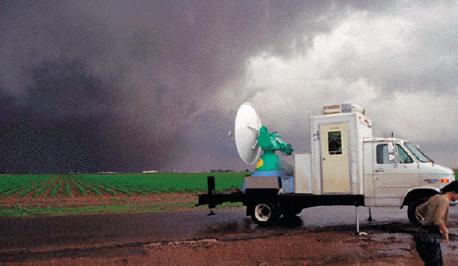
Tornado Chasing
It sounds like a hobby for the mentally
deranged. "Hey, let's try to intercept a tornado!" Oklahoma is ground
zero of Tornado Alley, no more so than the last couple of weeks, with a rash of
deadly twisters.
The movie "Twister" made
tornado-chasing cool: research meteorologists surrounding a tornadic storm with
portable Doppler and weather balloons, trying to understand what makes these
fierce storms tick. Then amateur chasers realized they could
make a few bucks selling tornado video to local TV stations.
Now on any
given day thousands of chasers are stalking thunderheads, in search of the money shot - or a cheap adrenaline thrill. The
result? Rush hour on 2-lane dirt roads; traffic jams that can make it hard to
escape the path of an erratic tornado. Some chasers were injured Friday night outside Oklahoma City. Me? I'm more afraid of
fast-driving chasers than the actual tornado itself.
Sometimes you chase tornadoes - other times the tornado chases you.
We salvage cool
sun today; the next storm kicking up rain late Monday into Wednesday, more rain & storms next weekend.
The core of the
storm track is howling directly overhead, meaning frequent fronts, ample rains,
a few bouts of severe weather and little risk of overheating anytime soon.
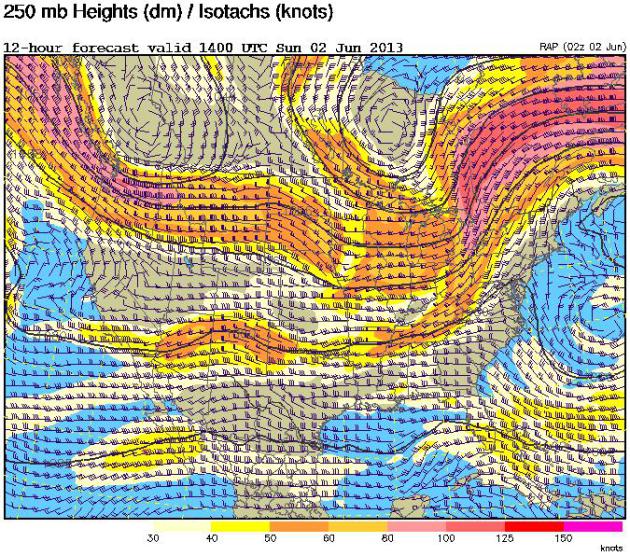
A (Consistent) Southward Shift To The Jet Stream.
Why has it been so cool and wet in recent months? The jet is 500-800
miles farther south than usual for early June, a trend which has been
apparent since March. The core of steering levels winds is howing almost
directly over Minnesota, meaning frequent storms and cool frontal
passages. Why is the jet so far south? Good question, and not a lot of
great answers. One theory: record melting of
Greenland and Arctic ice in late 2012 threw the northern branch of the
jet stream out of alignment. A bubble of warm high pressure set up near
the North Pole, displacing the cold "polar vortex" farther south than
usual, setting the stage for chillier, stormier weather from North
America to Europe and Asia. And here's the thing: I don't see this
pattern breaking down anytime soon. Odds favor cooler, wetter, stormier
weather in June, possibly beyond. Too early to say with confidence, but
steering winds are definitely stuck in a persistent, long-term rut.

When In Doubt - Predict Rain. The ECMWF (European) model has only one day this week with no rain - today. The best chance of showery rains: Tuesday and Wednesday, again late Friday into Sunday. Highs range from 60s to 70s. A/C optional until further notice.
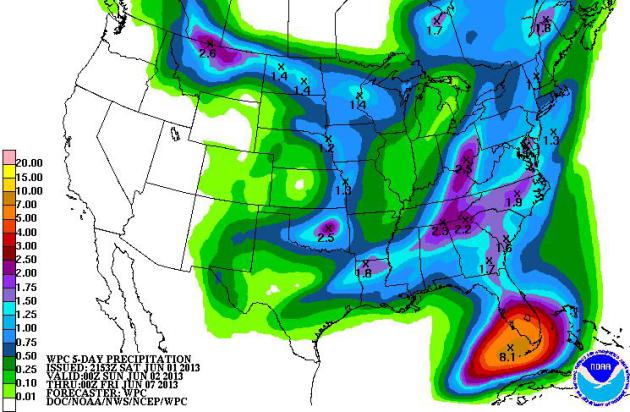
Status Quo.
NOAA NCEP's 5-Day Rainfall Outlook (QPC) prints out some 5-8" amounts
for south Florida as a tropical system lifts north out of the Gulf of
Mexico. The Middle Mississippi Valley gets a brief break, bone-dry
weather west of the Rockies.
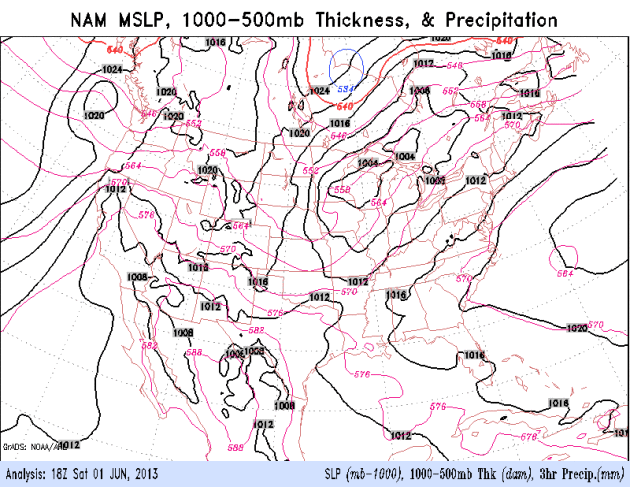
Wet, Active Pattern.
At least east of the Rockies a southward jog to the jet stream will
squeeze out more showers and T-storms. Oklahoma sees a break in severe
thunderstorm activity until the latter half of next week. Keep an eye on
the eastern Gulf of Mexico for possible tropical depression or storm
development within 5-6 days. NAM loop: NOAA.
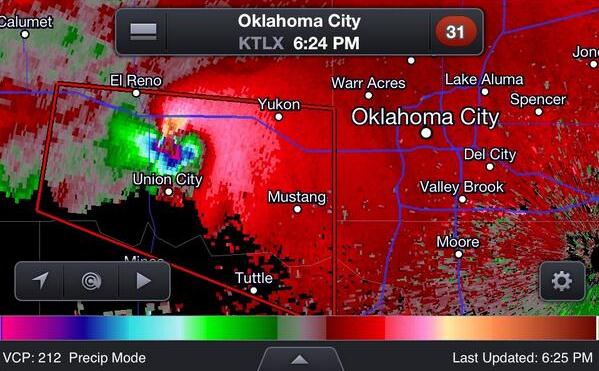
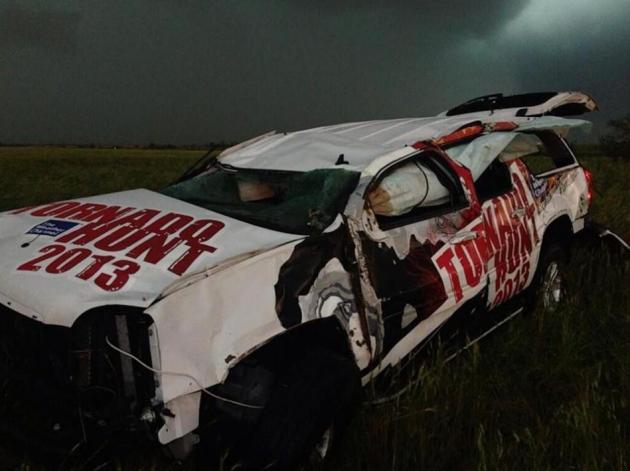

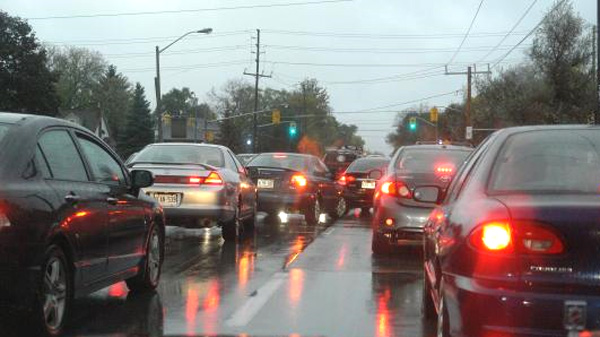
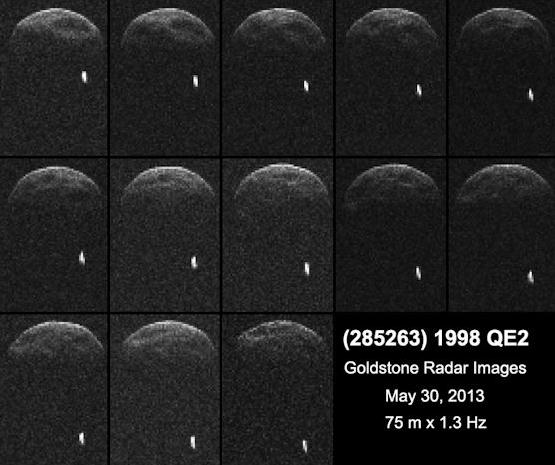
Image credit above: "First radar images of asteroid 1998 QE2 were obtained when the asteroid was about 3.75 million miles (6 million kilometers) from Earth. The radar collage covers a little bit more than two hours." Image credit: NASA/JPL-Caltech/GSSR.
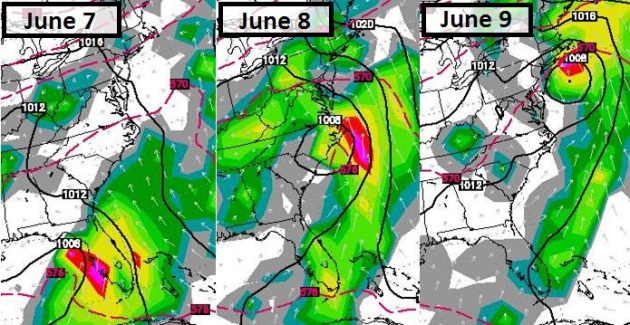
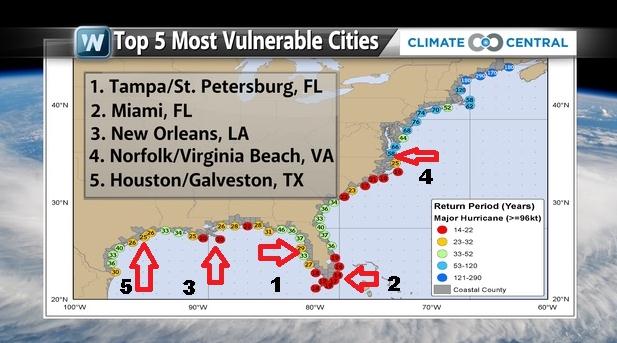
America's Most Vulnerable Hurricane Metropolitan Areas. Tampa/St. Pete tops the list, Miami, New Orleans, Virginia's Tidewater region and Houston/Galveston in the Top 5. Source: Climate Central.
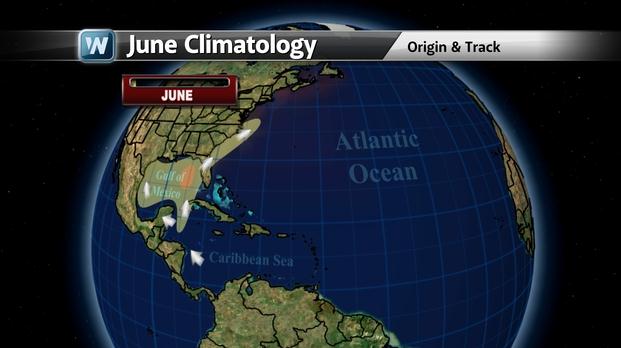
June Hurricane Climatology. Tropical storms and hurricanes are most likely to form in the eastern Gulf of Mexico in June, according to NHC records. Image: WeatherNation TV.
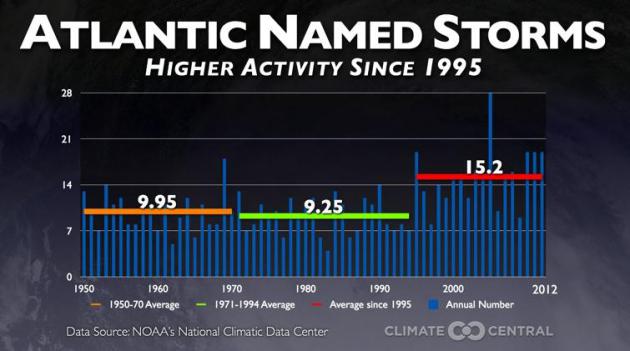
Graphic credit above: "Graphic showing that we've been in an active period of tropical cyclone activity since 1995, where the average number of named tropical storms has jumped significantly to 15.2 per year." Climate Central.
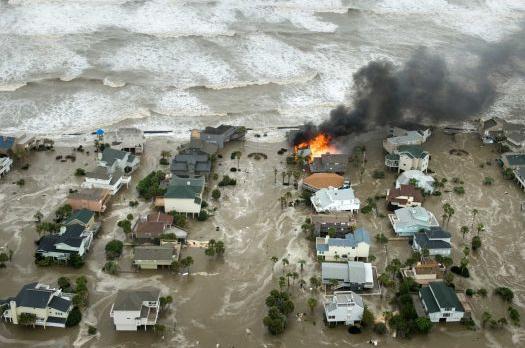
Photo credit above: "A house is engulfed in flames as water and waves inundate homes on Galveston Island as Hurricane Ike approaches the coast Sept. 12, 2008." Photo: Smiley N. Pool, Staff / Houston Chronicle.
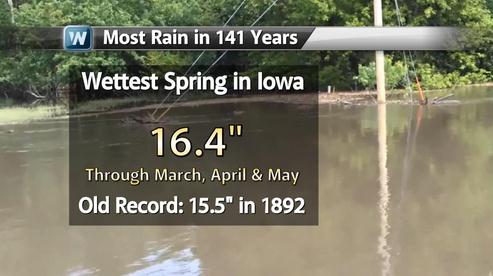
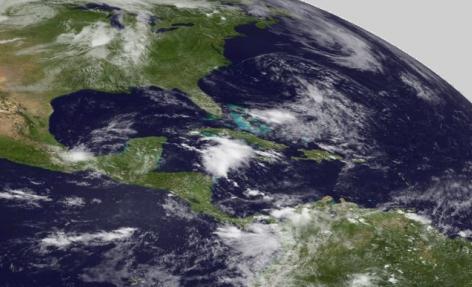
NOAA Satellite May Be Back Online Soon, Official Says. Climate Central has the story - here's an excerpt: "A vital weather satellite that blinked out on May 22 may be back in service as early as June 5, according to an official at the National Oceanic and Atmospheric Administration (NOAA). The satellite, known as GOES-13, suffered from an unexplained change in its orientation toward the Earth — what NOAA calls an “attitude disturbance” — that caused its instruments to shut down automatically. So far, engineers working to restart the satellite have not found any signs of damage, nor have they found an explanation for the satellite’s sudden shift..."
Image credit above: NOAA. "GOES East image taken on May 31, 2013 by the backup satellite, GOES-14."
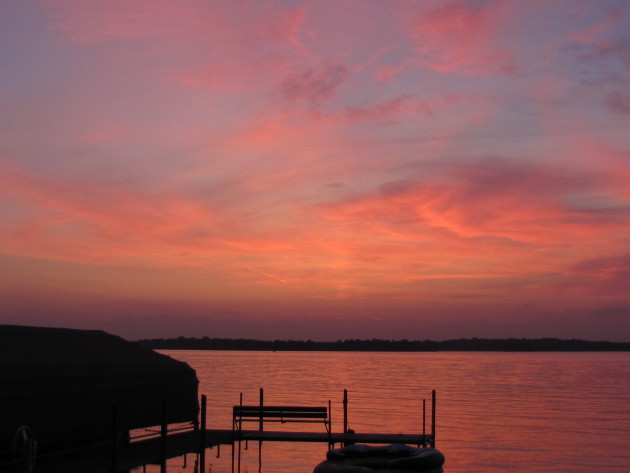
TODAY: Mix of clouds & sun, cool breeze. Winds: NW 10+ High: 65
SUNDAY NIGHT: Mostly clear and cool. Low: 47
MONDAY: Sunny start, clouds increase PM hours. Shower possible Monday night. High: 68
TUESDAY: Heavier showers expected. Wake-up: 54. High: 64
WEDNESDAY: Showers taper, still damp. Wake-up: 55. High: 67
THURSDAY: Fleeting sunshine, take a photo. Wake-up: 53. High: near 70
FRIDAY: Fading sun, showers late. Wake-up: 56. High: 72
SATURDAY: What a shock: more rain, T-storms. Wake-up: 58. High: 74
Climate Stories....

The Climate Change Guilt Trip. It's easy to get depressed some days, especially when you second-guess efforts to reduce your carbon footprint. Here's an excerpt of an Op-Ed at The Los Angeles Times: "...Of course, it wasn't really about me. What my friend expressed was climate guilt, a feeling that many of us who care about environmental issues experience every day. I am not immune. We feel guilty about driving cars and watching TV and turning on lights, as if that makes us personally responsible for this gigantic threat that looms over us. For years, caring governments and thoughtful corporations have communicated the idea that we're all in this together, that if we each just do our bit we can solve this global warming mess. Duke Energy, a utility company that depends heavily on coal, points out that "saving the environment can be as easy as changing a light bulb." It's a gentle, brotherly tone. But there's something in the subtext here too — a warning: "Let he who is without sin cast the first stone..."
Photo credit above: "Oil companies have made up the most powerful industry on Earth for the last 50 years." (Michael Nelson / EPA)

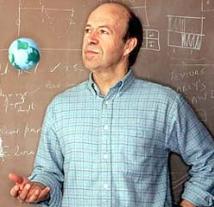
No comments:
Post a Comment